#*sami
Explore tagged Tumblr posts
Text
baby snoopy this, baby clifford that, baby gromit blah blah blah. what about baby kermit???????
#sami rambles#he's so goddamn cute and for what? for no one to fawn over him?????????#kermit the frog
85K notes
·
View notes
Text
Seeing a lot of posts about the Palestinian flag, and it got me thinking about indigenous flags around the world.
Māori:

Kalaallit Nunaat:

Haudenosaunee

Nunatsiavut:

Australian Aboriginal:

Torres Strait Islands:

Rapa Nui:

Kurdistan:

Sami:

Ainu:

Of course, these are just a handful. May they all reclaim their stolen lands.
#palestine#free palestine#indigenous people#ainu#sami#rapa nui#inuit#greenland#maori#australian aboriginal#kurds#kurdistan#colonialism#decolonization#land back
17K notes
·
View notes
Text
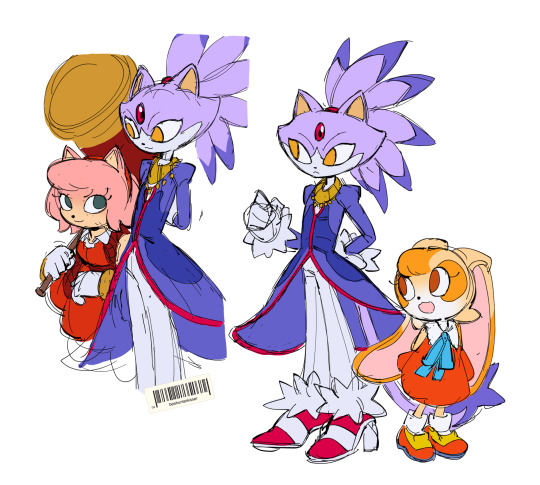

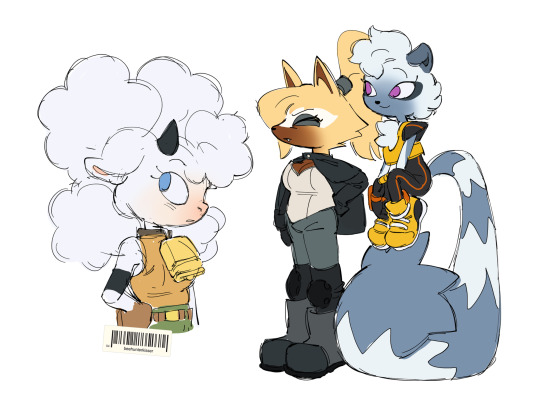
tried stylising some sonic chars for funs
#sami's art#sonic#sonic the hedgehog#blaze the cat#cream the rabbit#amy rose#surge the tenrec#kitsunami the fennec#lanolin the sheep#whisper the wolf#tangle the lemur
10K notes
·
View notes
Text

Samy Dorgham IG: man_the_samm
6K notes
·
View notes
Text

Mohammed Sami (Iraqi, b. 1984), Infection II, 2021. Mixed media on linen, 210 x 180.5 cm
1K notes
·
View notes
Text


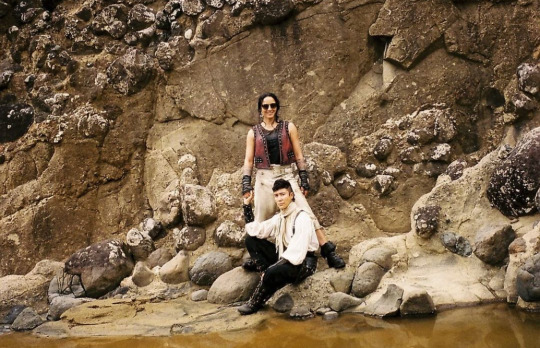



new behind the scenes pics from director Fernando Frías on the set of OUR FLAG MEANS DEATH season two
#our flag means death#ofmd#taika waititi#rhys darby#david jenkins#vico ortiz#madeleine sami#joel fry#samon kayo#leslie jones#nat faxon#ofmd season 2#ruibo qian#con o'neill
5K notes
·
View notes
Text
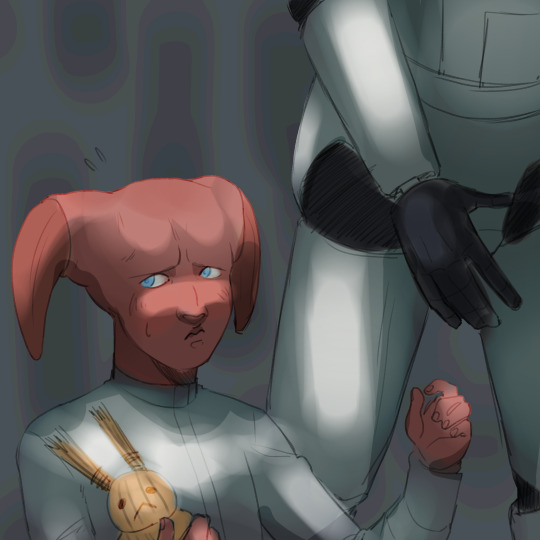
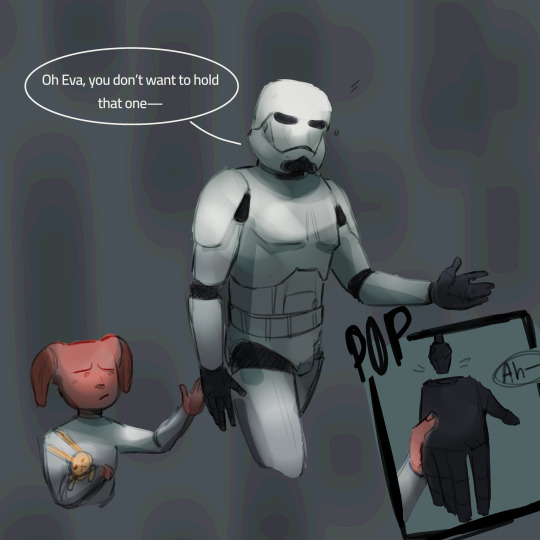
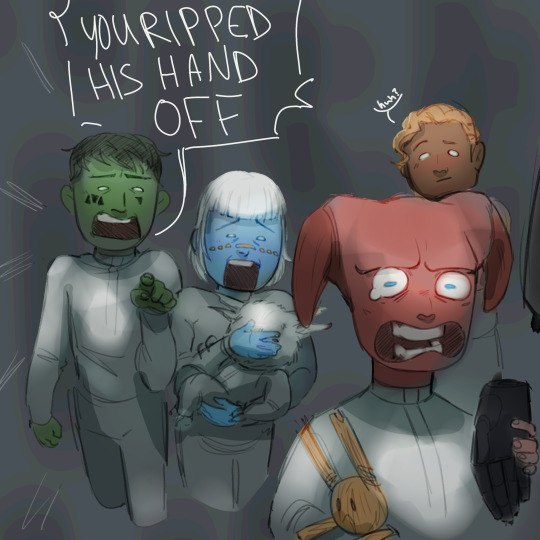
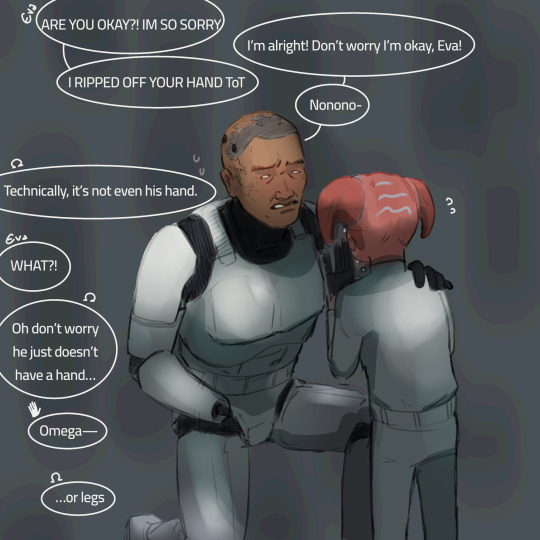
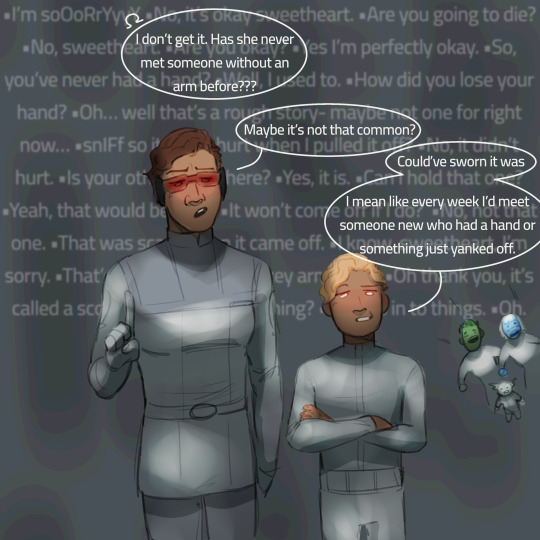
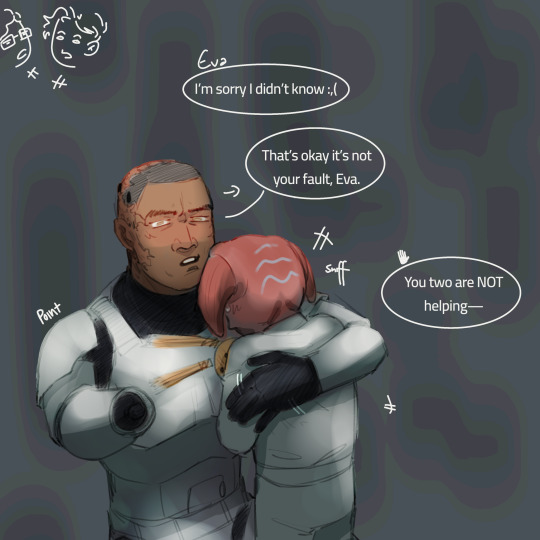
Poor Mom does not have the time for this conversation right now, and Omega could’ve sworn that everyone in Star Wars was supposed to lose their hand at one point in time.
#every time I spend time on a joke it ends up not being funny to me anymore#how’s this one guys#the bad batch#tbb#star wars#tbb spoilers#tbb s3 spoilers#tbb echo#tbb omega#the bad batch spoilers#tbb eva#tbb Sami#tbb bayrn#tbb Jax#tbb emerie#tbb emerie karr#the bad batch season 3 spoilers#the bad batch s3 spoilers
3K notes
·
View notes
Text

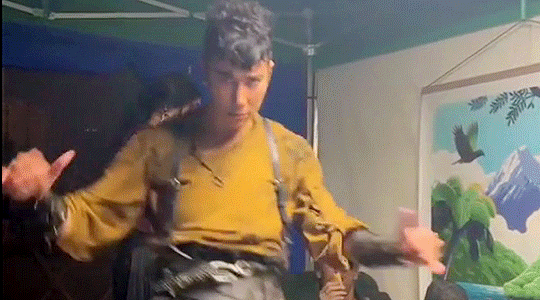
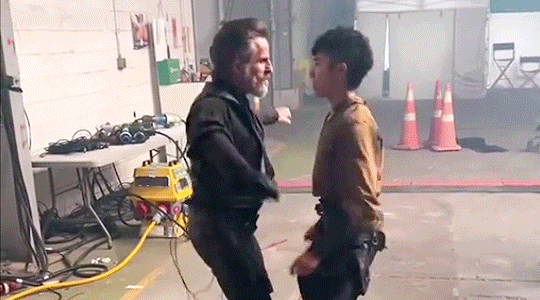
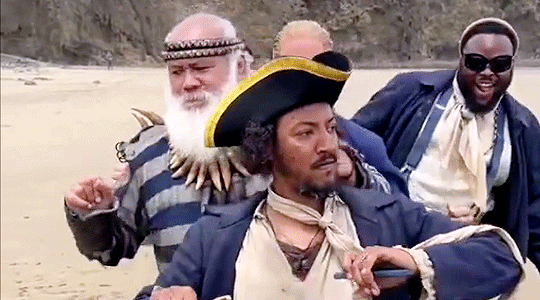
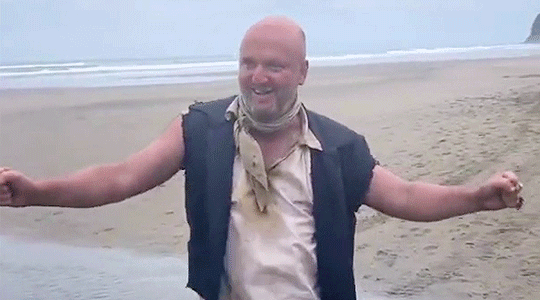


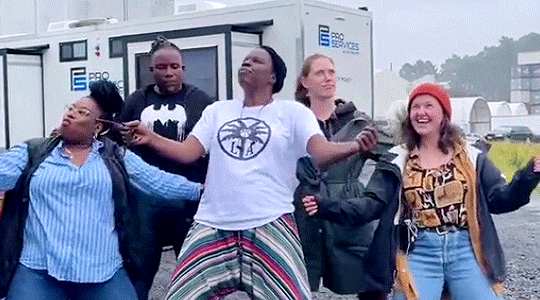
I ain't stressing today The OFMD S2 Cast and Crew dancing on Leslie Jones' Tiktok
#OFMD#OFMD Season 2#OFMD Cast and Crew#OFMD S2#Edit#ofmdedit#ofmdgifs#ofmd gifs#ofmdsource#ofmdblog#ofmdaily#and now comes the SWATH of names lol here we go here we go#Madeleine Sami#Nathan Foad#Vico Ortiz#Con O'Neill#Samba Schutte#David Fane#Samson Kayo#Matthew Maher#Rhys Darby#Taika Waititi#Leslie Jones#...#ANYWAY#SOMEONE COME SEDATE ME LMAO
4K notes
·
View notes
Text
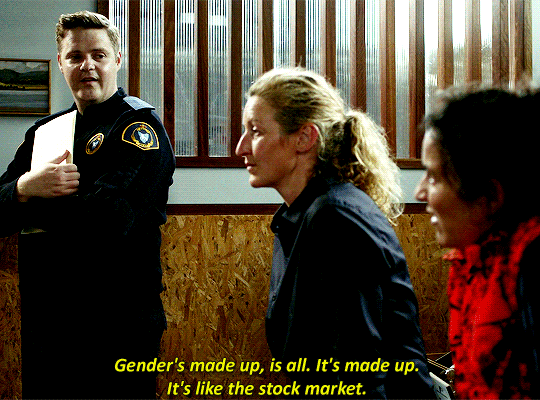

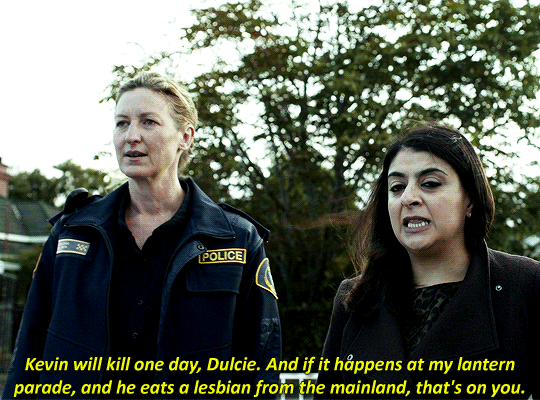
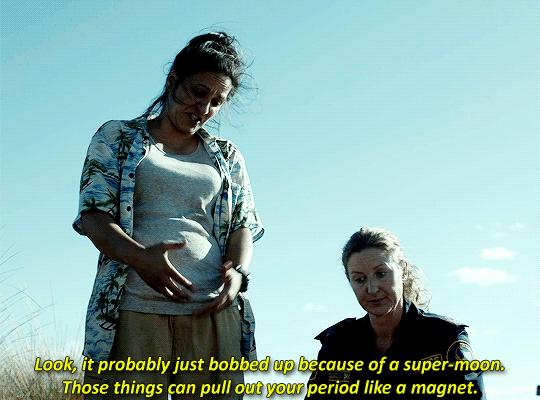
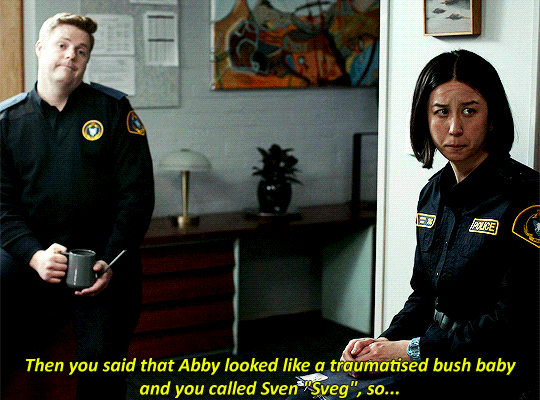




No Context Deadloch (2023-)
#deadloch#deadlochedit#tvedit#nina oyama#madeleine sami#kate box#wlwedit#wlwsource#wlwgif#i asked a few people which were their favourite ridiculous moments from deadloch and here they are!#thank you to everyone who answered btw ❤️ hope you like it#mine
2K notes
·
View notes
Text
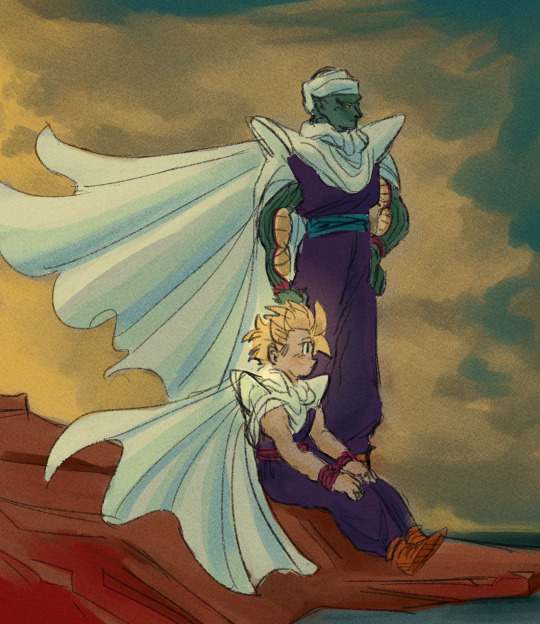
Anxiety 😔
#secret santa gift for sami!!!#piccolo is aggressively thinking of cell games strategies#gohan is thinking 'I hope we'll all be okay 🥺'#sketch#dbz#dragon ball z#also I experiemnted with using pencil instead of pen this time#pencil tool I mean#fits the vibe!#db#dragon ball#cell games#piccolo#son gohan#gohan#piccolo jr
757 notes
·
View notes
Text
𝗦𝗟𝗨𝗧!

pairing: oscar piastri x fem!singer!reader
summary: your boyfriends fans don’t like you very much, even before the relationship is confirmed
warnings: swearing (obviously), slut shaming, hate, established relationship, sexual innuendos (the songs ig?) | Faceclaims is nessa barrett, this is to my girl nessa cause i love her and she deserves no hate 🤍 anyway it’s a little late but go stream AFTERCARE ⭐️

yourusername

liked by oscarpiastri, user2, and 210,048 others
yourusername if you stream passenger princess ur hot 🫀🫀
view all 222 comments
user1 on my knees
user2 who is she and why is oscar here??
user3 oscar don’t associate with her 🤢
user4 streaming rn 💋
user5 she’s such a slut
user6 oscar don’t fall for her she’s a whore
y/nsource

liked by user1, user3, and 56,035 others
y/nsource y/n at her latest concert in melbourne, australia!
view all 134 comments
user1 MOMMY
user2 she shouldn’t be wearing that 😒
user3 did she play passenger princess?
↳ y/nsource she did!
user4 this is the girl oscar has been around?? 💀
user5 someone tell her to cover up
yourusername

liked by oscarpiastri, user1, and 108,964 others
yourusername australia you were amazing xx
view all 195 comments
user1 i liked lily better
user2 is it a coincidence that she releases passenger princess while she’s in australia, the place where oscar, an f1 driver, is from??
↳ user3 fbi’s calling 📞
user4 get out of australia and leave oscar alone 🤢🤢
user5 you were so good!!! loved seeing you
↳ yourusername 😚
user6 you need to eat some food
f1gossip

liked by user1, user3, and 128,893 others
f1gossip oscar piastri seen with singer y/n y/l/n in melbourne, australia, after her show during her ongoing tour.
view all 154 comments
user1 dude does not deserve to be with someone as nasty as her
user2 oscar get away!!!!
user3 stop hating on my girl 😭😭
user4 she looks gross
user5 my girl looks hot 🥵

yourusername

liked by oscarpiastri, user1, and 285,023 others
yourusername my album AFTERCARE is out now !!!!! i’m overwhelmed with pride and so many other emotions. thank you to everyone who worked with me on this album, i cannot thank you enough.
and to that one special person, you know who you are, thank you for your unwavering support for me and for believing in me, believing in myself. love you xoxo
view all 234 comments
user1 haters kicking themselves rn
user2 all of her songs are so sexual…
user3 STARGIRL ⭐️⭐️
oscarpiastri 🤍
user4 NO OSCAR
user5 no skip album 🖤
oscarpiastri

liked by yourusername, landonorris, and 721,624 others
oscarpiastri to my passenger princess ❤️ no one else i’d rather be with
view all 363 comments
yourusername i can’t thank you enough o xx
user1 okay they’re cute
user2 my girl and her boy
user3 i’m happy for him if he’s happy
user4 Y’ALL SWITCHED UP SO FAST
landonorris very cute you two
user5 still think she’s not good for him
#emma writes#proud of this one#imagine#x reader#x fem!reader#oscar piastri#oscar piastri x you#oscar piastri x y/n#oscar piastri x reader#oscar piastri imagine#oscar piastri smau#f1#f1 x y/n#f1 x you#f1 x reader#f1 imagine#f1 smau#formula one#formula one x y/n#formula one x you#formula one x reader#formula one imagine#formula one sami#formula 1#formula 1 x y/n#formula 1 x you#formula 1 x reader#formula 1 imagine#formula 1 smau#nessa barrett
895 notes
·
View notes
Text

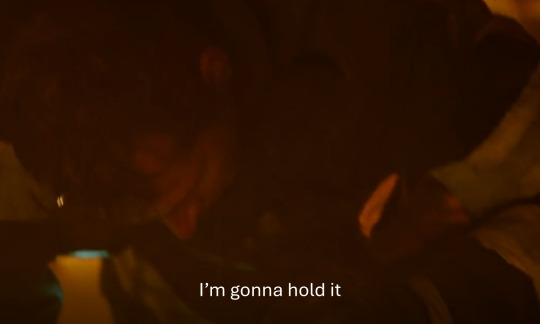
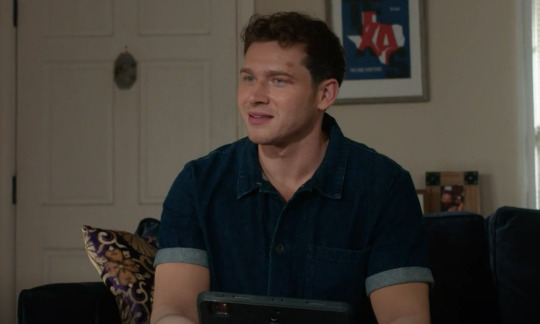
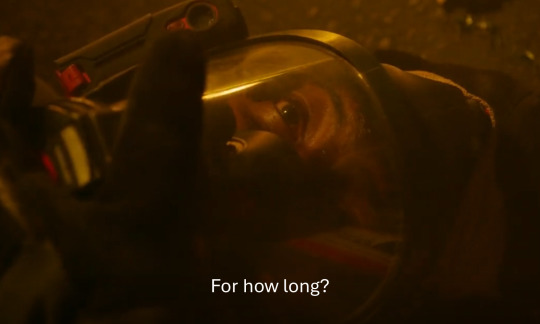
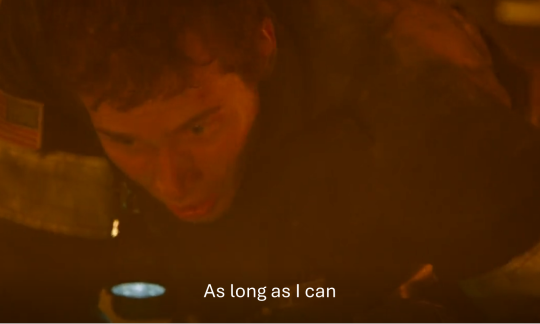
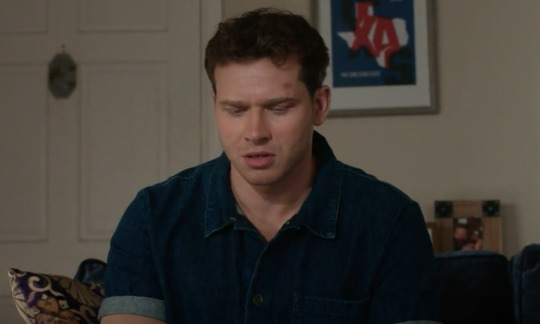
#sami rambles#he's gonna hold it. for as long as he can.#idk what this is only that my brain wouldn't shut up until i made it#911 spoilers#911 show#buddie#eddie diaz#evan buckley#buck x eddie
3K notes
·
View notes
Text

That's a wrap on Season 2 of Deadloch 🎬
Source: (x)
739 notes
·
View notes
Text



taking a break from drawing phineas and ferb to draw phineas and ferb
#sami's art#phineas and ferb#dwampyverse#candace flynn#jeremy johnson#canderemy#suzy johnson#isabella garcia shapiro#buford van stomm#baljeet tjinder#i love screenshot redraws man#i did all of these while listening to the songs in order#im like. phineas and ferbmaxxing
2K notes
·
View notes
Text


HALF-DEAD JEY IN THE BACK USING BLUETOOTH TECHNOLOGY TO PARTICIPATE IN THE HANDSHAKE 💀
#wwe#wweedit#sami zayn#jimmy uso#jey uso#the usos#the bloodline#wargames#survivor series#wwe gifs#stuff i made#PLESAE INCLUDE HIM#im laughing so hard at this hes so funny and for what
957 notes
·
View notes
Text
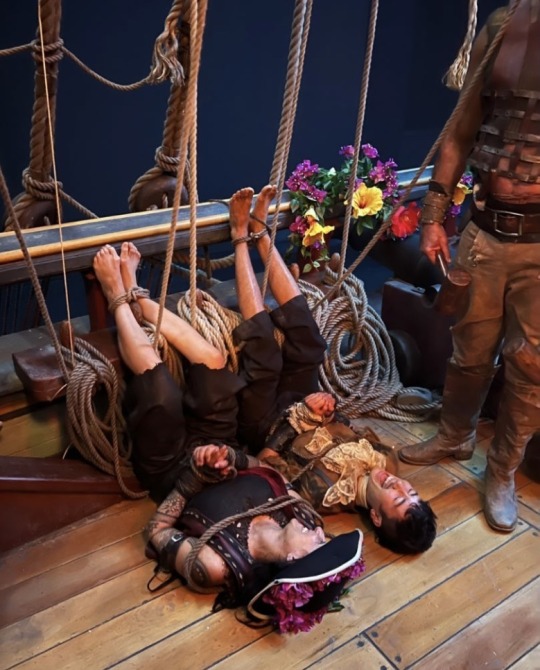
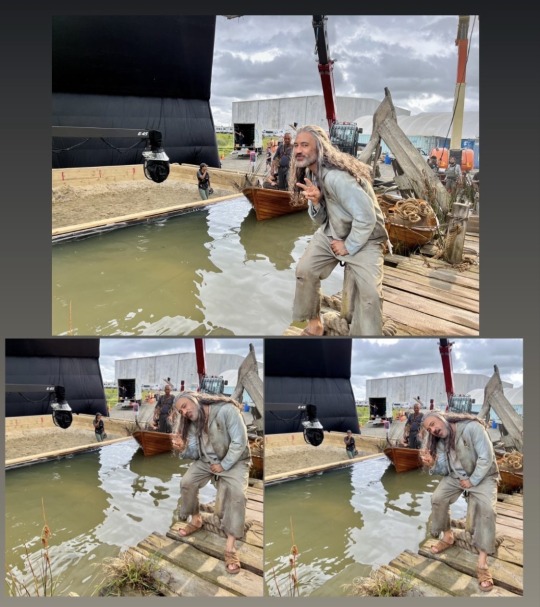
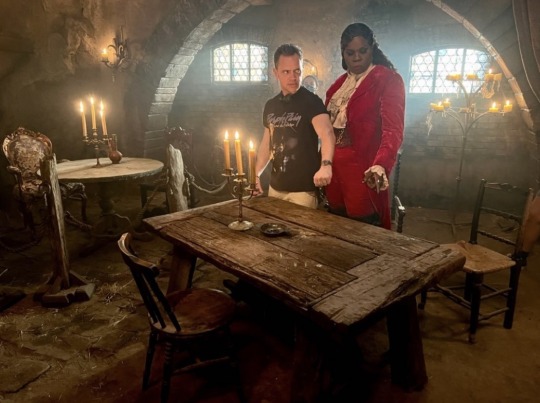
new behind the scenes pics from OUR FLAG MEANS DEATH season two
#our flag means death#ofmd#taika waititi#david jenkins#leslie jones#vico oritz#madeleine sami#ofmd season 2
4K notes
·
View notes